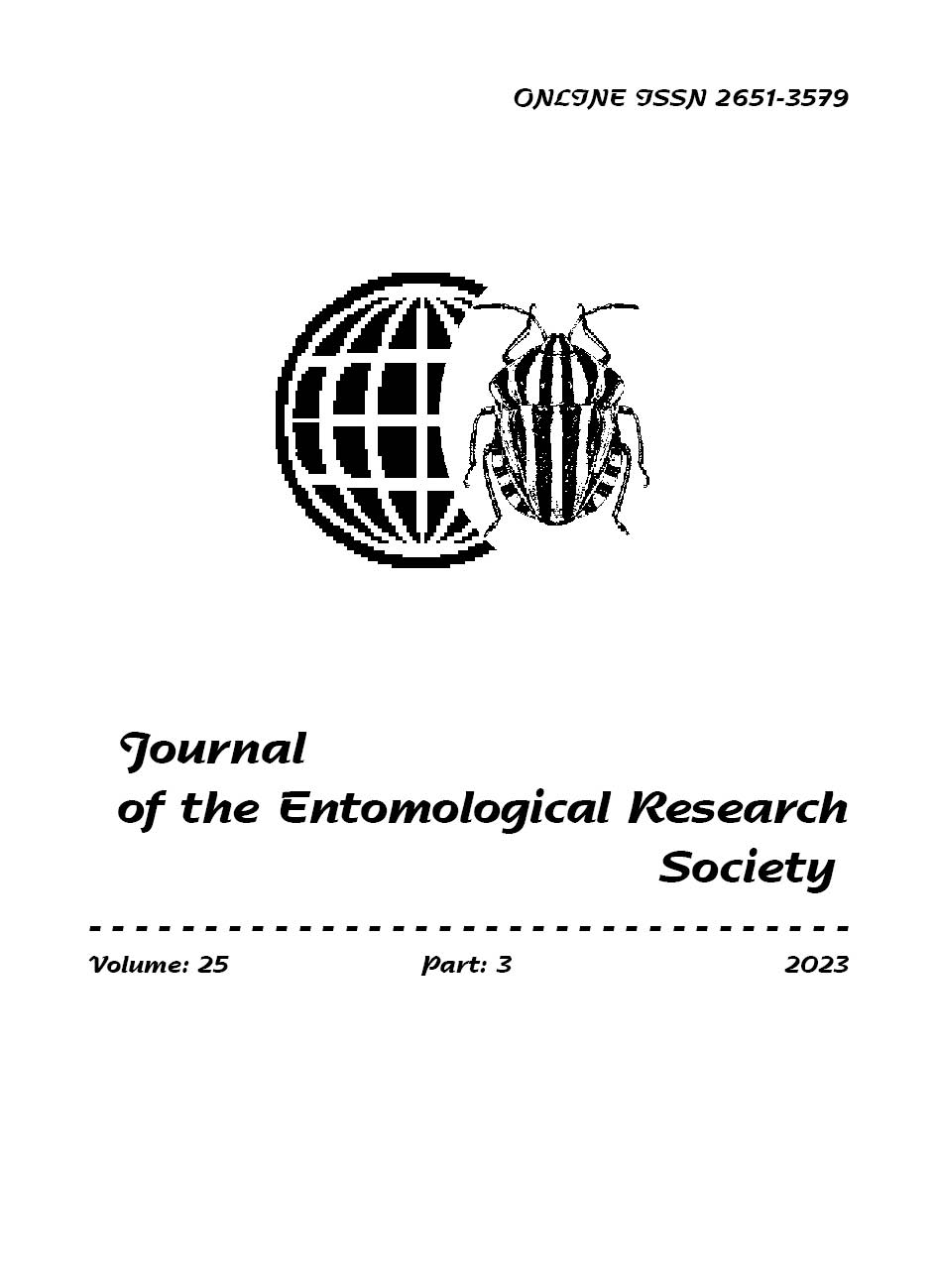Field Bioefficacy and Residue Dynamics of Most Effective Insecticides Against Aphids in Taro (Colocasia esculenta (L) Scott, 1832)
DOI:
https://doi.org/10.51963/jers.v25i3.2390Abstract
Tuber crops including aroids fulfil ample demands of global food supply and utilized as feed of animals along with processed products for human consumption. Aphid (Aphis gossypii), an oligophagous pest, known to cause considerable qualitative and quantitative losses to the cultivation of aroids in general and taro in particular. This study reports the field bio-efficacy of some insecticides of plant and chemical origin against aphid as well as residue dynamics of most effective insecticides in leaves and tubers of taro. For residue analysis QuEChERS methodology was standardized for extraction and clean up followed by estimation through UHPLC. Among different insecticides evaluated, single spray of imidacloprid both at single and double doses was found most effective in managing the aphid population with a remarkable higher tuber yield. The initial deposit of imidacloprid in the leaves of taro was 0.65 and 1.32 mg kg -1 with half-life value of 1.04 and 1.41 days at single and double dose, respectively. The dietary exposure of the measured residues was found lower than the maximum permissible intake (MPI) of 0.33 mg person-1day-1 on all the sampling days at both the doses. However, considering the default Maximum Residue Limit (MRL) of imidacloprid as 0.01 mg kg-1 on taro leaves and safety of the consumers the pre harvest intervals of 7 days may be suggested for effective dose following good agricultural practices.


